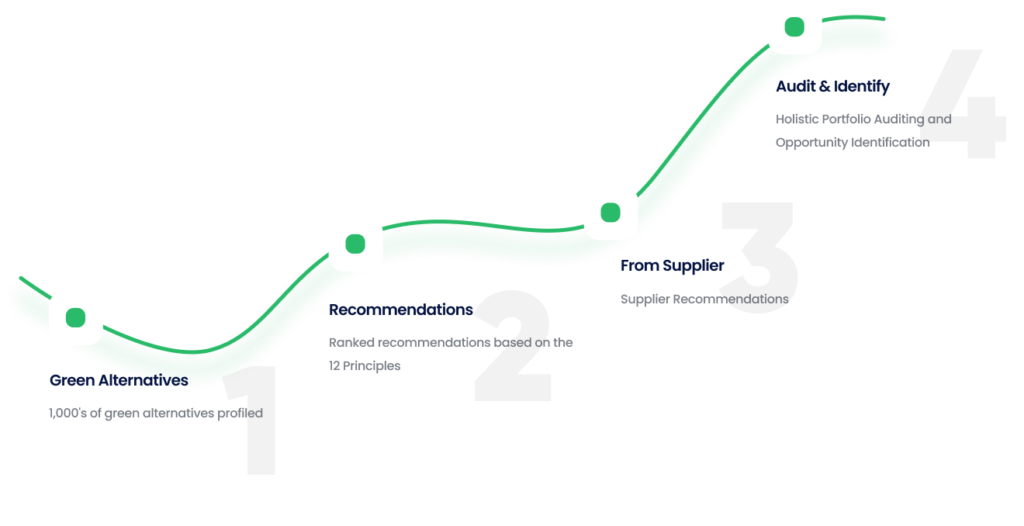Green Chemistry Principles
Since the word “Green” first started being placed in front of chemistry, many people have argued about what the “right” definition of green chemistry is or isn’t. And, more importantly, what should one actually do to make chemistry “green” or “greener?”
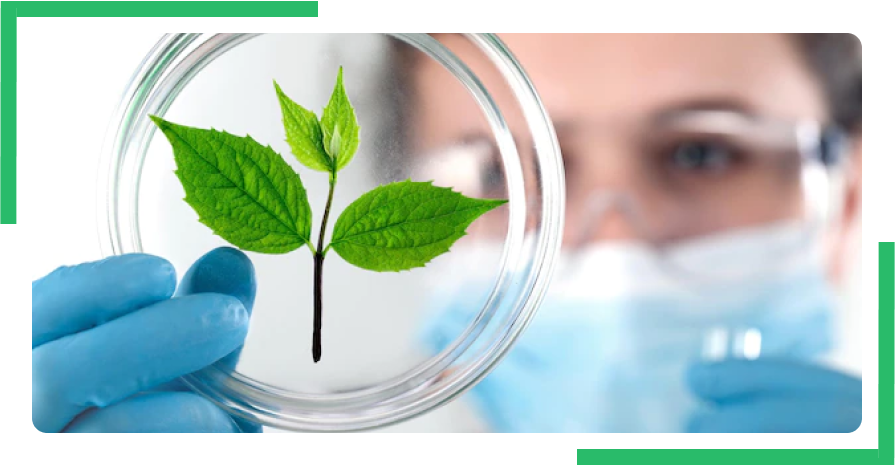
SUSTAINABLE AND GREEN DESIGN
12 Principles
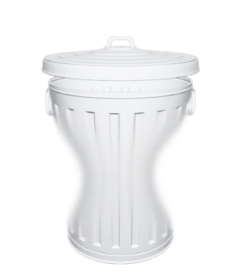
Prevention
It is better to prevent waste than to treat or clean up waste after it has been created.
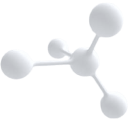
Atom Economy
Synthetic methods should be designed to maximize the incorporation of all materials used in the process into the final product.

Less Hazardous Chemical Syntheses
Wherever practicable, synthetic methods should be designed to use and generate substances that possess little or no toxicity to human health and the environment.

Designing Safer Chemicals
Chemical products should be designed to effect their desired function while minimizing their toxicity.

Safer Solvents and Auxiliaries
The use of auxiliary substances (e.g., solvents, separation agents, etc.) should be made unnecessary wherever possible and innocuous when used.

Design for Energy Efficiency
Energy requirements of chemical processes should be recognized for their environmental and economic impacts and should be minimized. If possible, synthetic methods should be conducted at ambient temperature and pressure.

Use of Renewable Feedstocks
A raw material or feedstock should be renewable rather than depleting whenever technically and economically practicable.
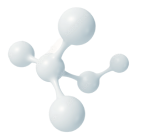
Reduce Derivatives
Unnecessary derivatization (use of blocking groups, protection/ deprotection, temporary modification of physical/chemical processes) should be minimized or avoided if possible, because such steps require additional reagents and can generate waste.

Catalysis
Catalytic reagents (as selective as possible) are superior to stoichiometric reagents.

Design for Degradation
Chemical products should be designed so that at the end of their function they break down into innocuous degradation products and do not persist in the environment.

Real-time analysis for Pollution Prevention
Analytical methodologies need to be further developed to allow for real-time, in-process monitoring and control prior to the formation of hazardous substances.

Inherently Safer Chemistry for Accident Prevention
Substances and the form of a substance used in a chemical process should be chosen to minimize the potential for chemical accidents, including releases, explosions, and fires.
Green Chemistry
With InFLOWS
At InFLOWS, we stand to make the green thing, the easy thing. Leveraging AI to do the heavy lifting of qualifying candidate materials that are greener, safer, and better….the transition has never been easier.
